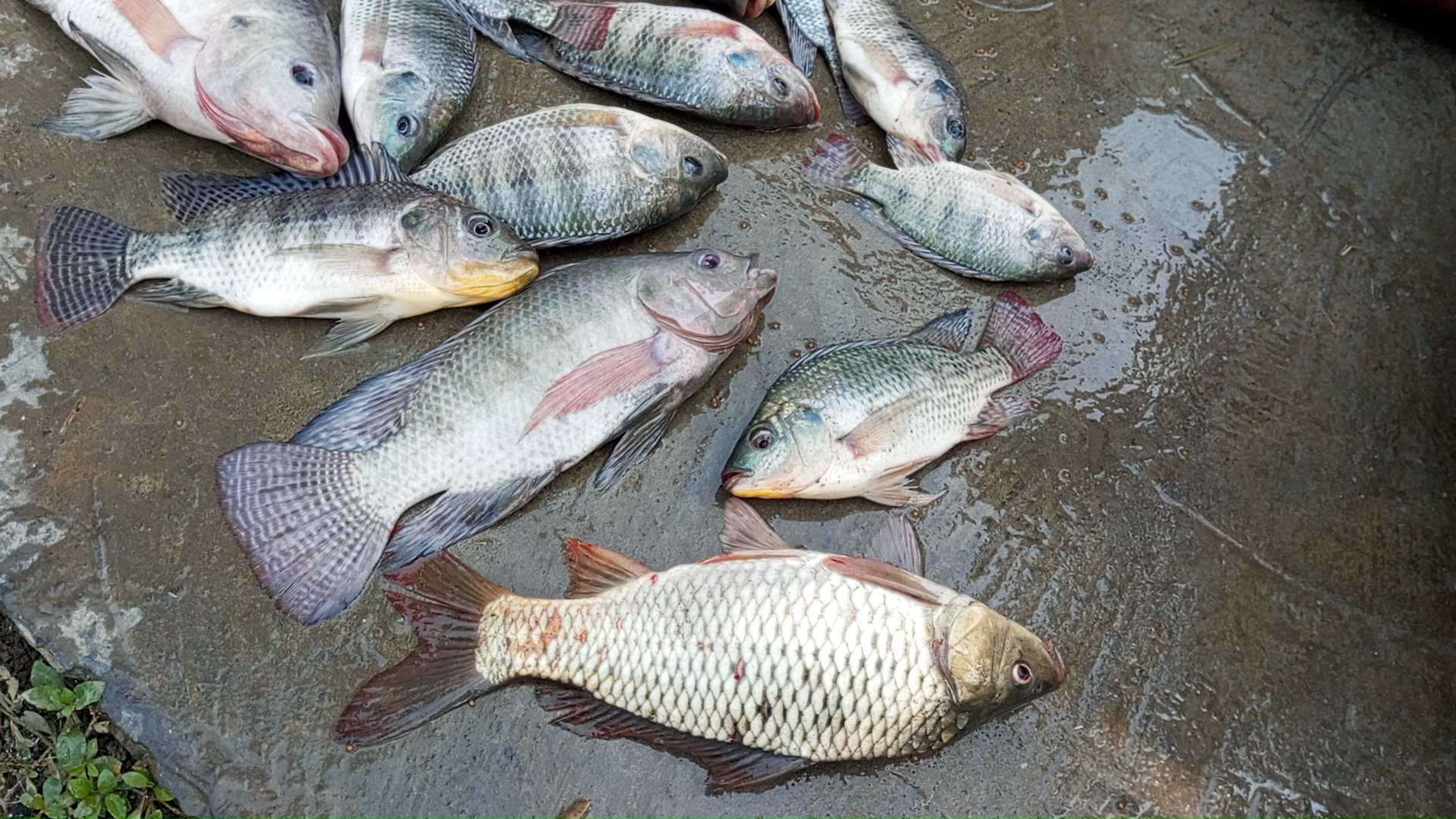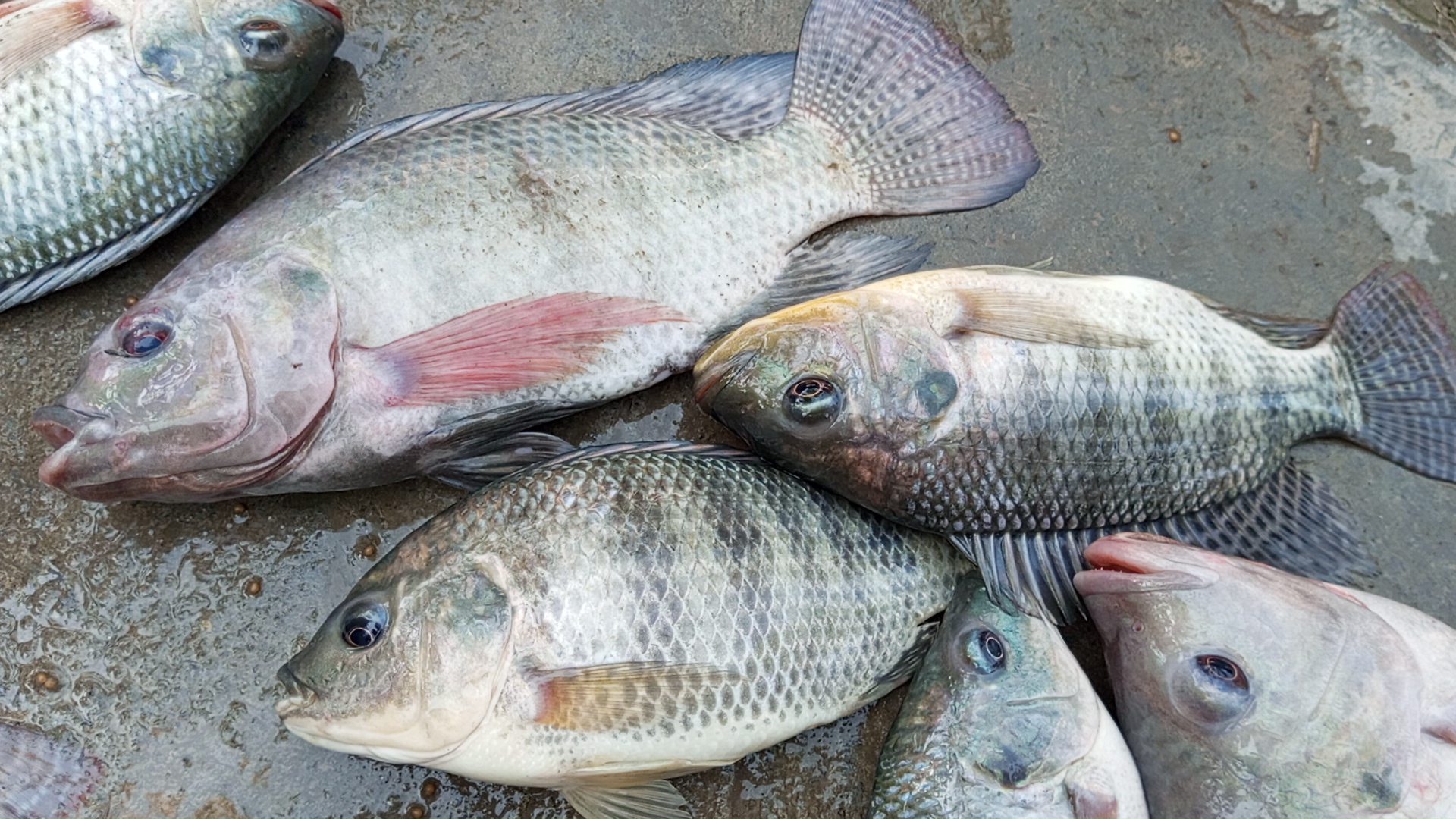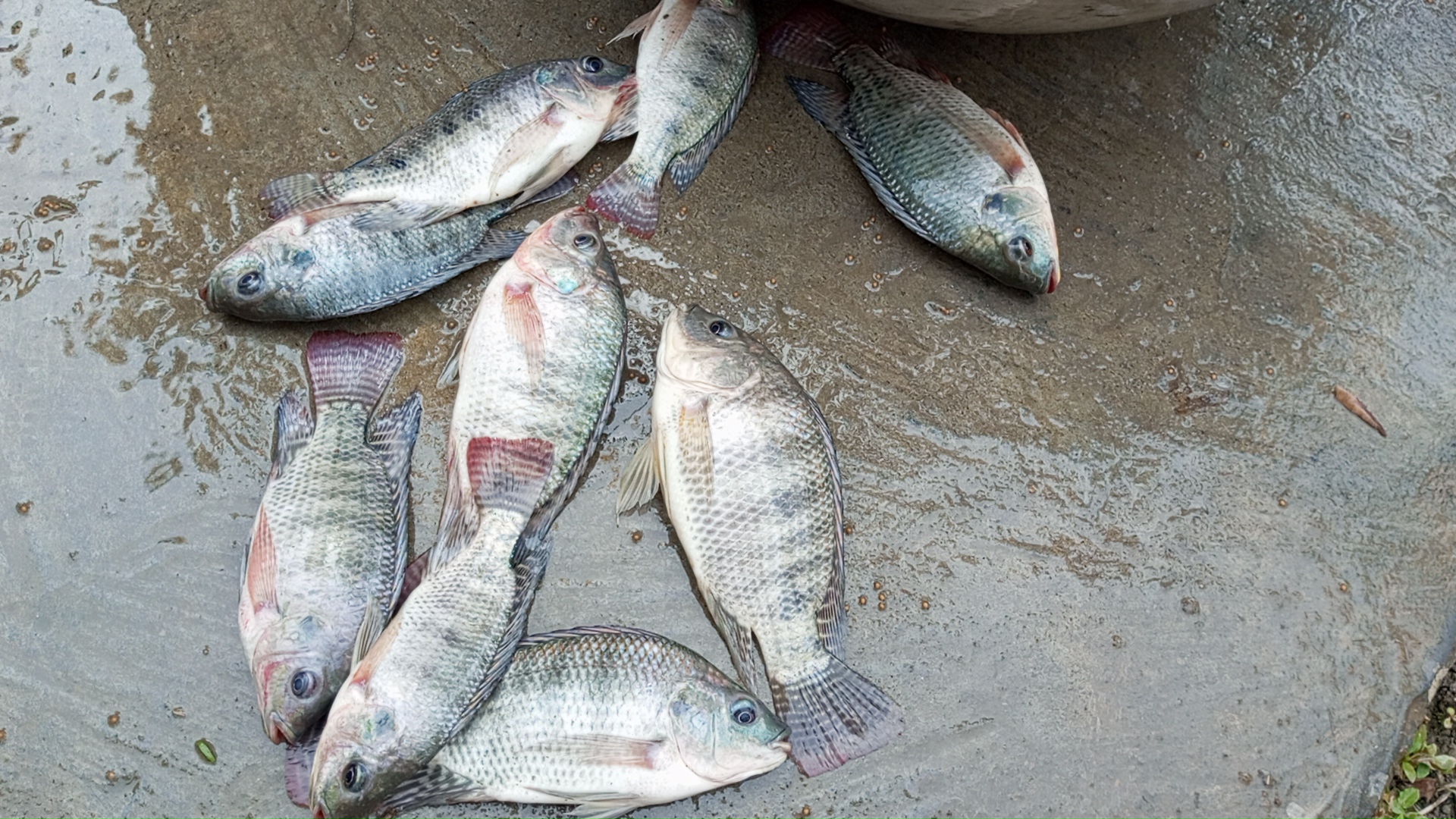Tilapia Fish
| Latin name | observation date | Location |
|---|---|---|
| Tilapia Fish | 09.03.2024 | Meherpur, Khulna, Bangladesh |

Nutritionally, tilapia is a good source of protein, vitamins, and minerals, including niacin, vitamin B12, phosphorus, and selenium. However, tilapia is sometimes criticized for having a higher ratio of omega-6 to omega-3 fatty acids compared to some other fish, which can be less ideal for some people’s diets if consumed in large quantities.
Tilapia farming is generally efficient, but environmental concerns can arise if farms are not managed responsibly. These include issues related to waste management, water pollution, and the potential escape of non-native tilapia species into local ecosystems, which can disrupt native fish populations. Sustainable aquaculture practices are increasingly promoted to address these concerns and ensure responsible production.



| Camera used | Smartphone |
|---|---|
| Lens | Cell phone camera |
| F-stop | - |
| Iso speed | ISO |
| Focal length | MM |
| Photograph | dragonfly |
| Location | Meherpur, Bangladesh |
| Photographer | @najidulislam |
| Link to original | community |
|---|---|
| Link | https://www.inaturalist.org/observations/250635749 |
| Latitude | Longitude | Map |
|---|---|---|
| 23.84346 | 88.80607 | https://www.openstreetmap.org/#map=11/23.8221/88.7462 |